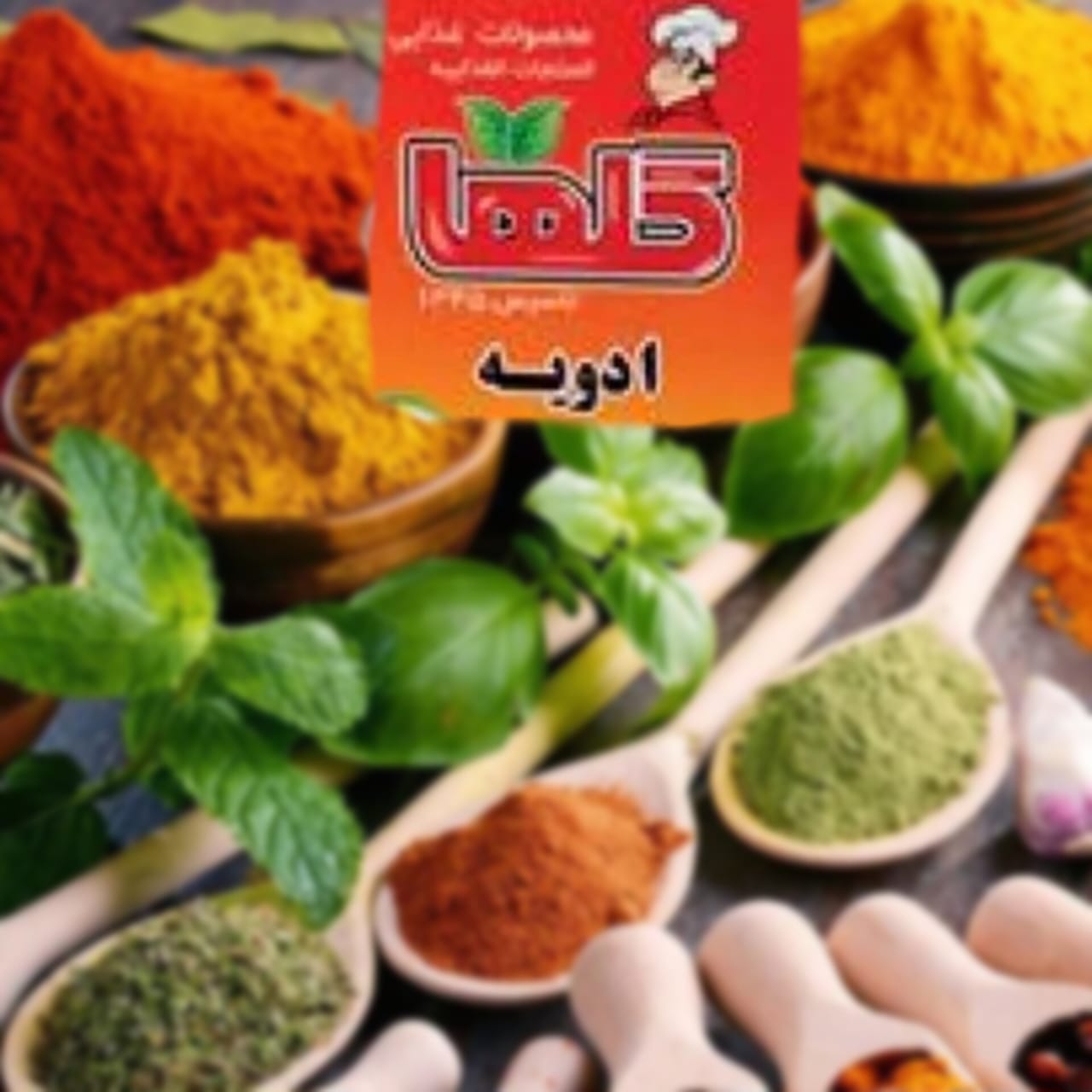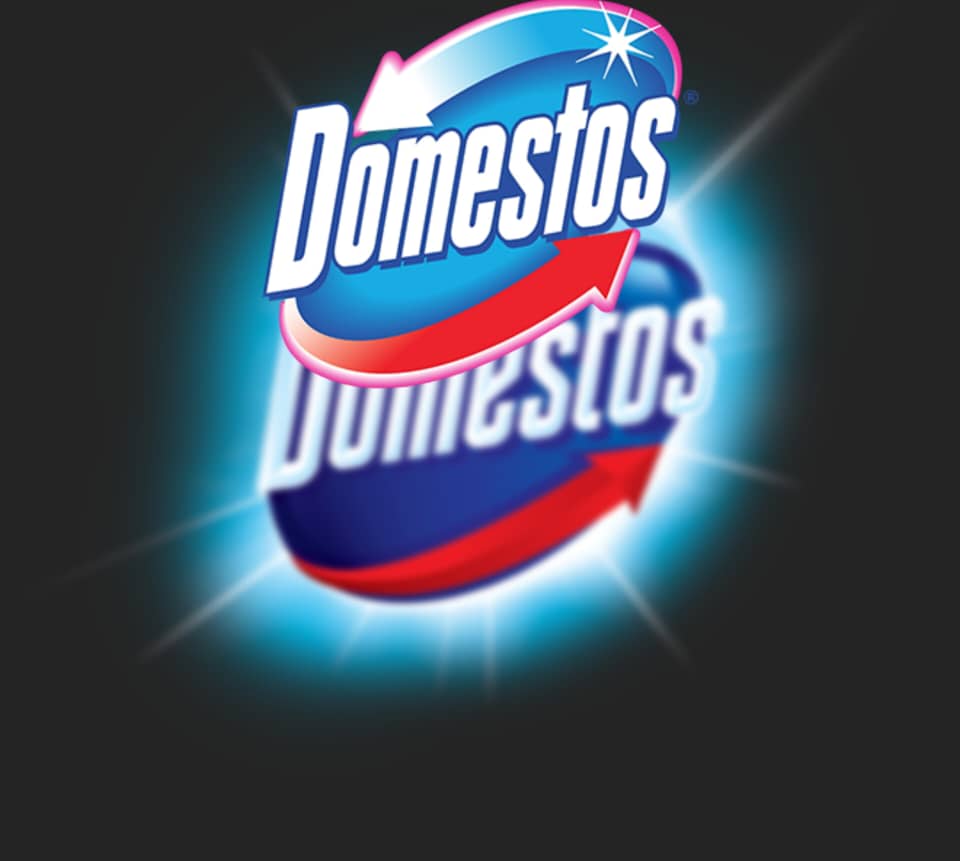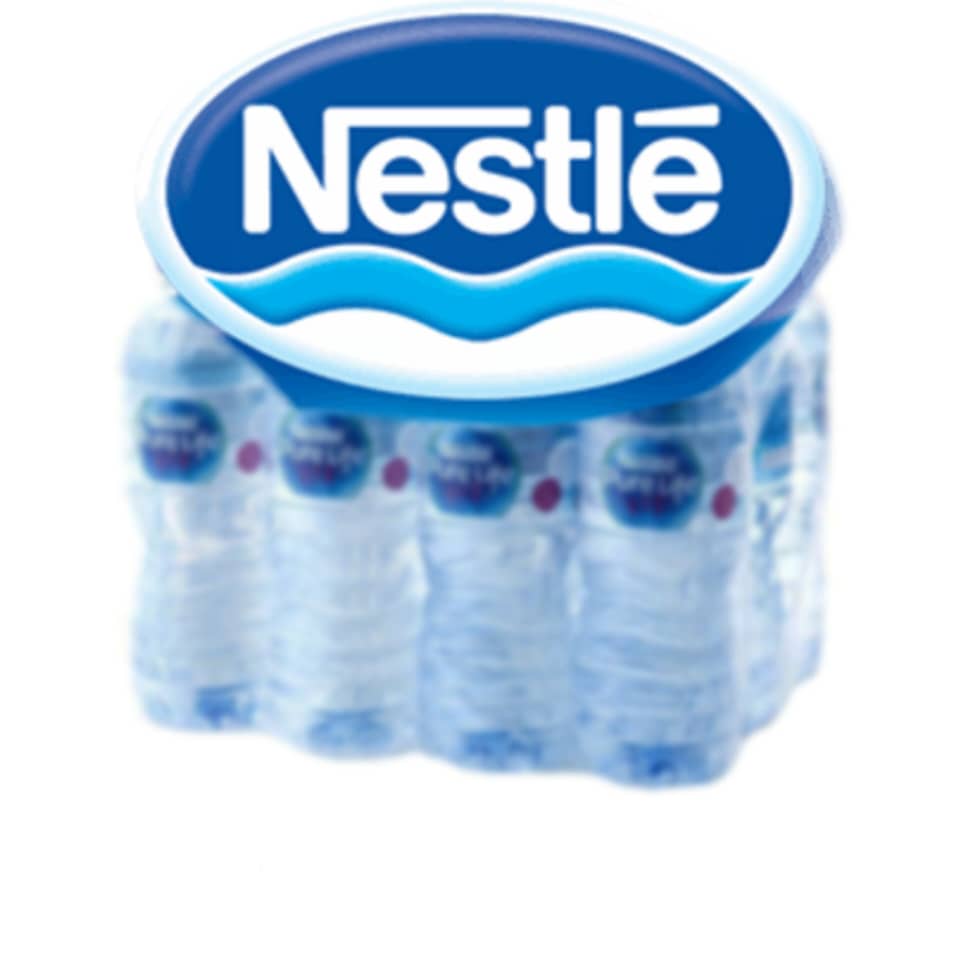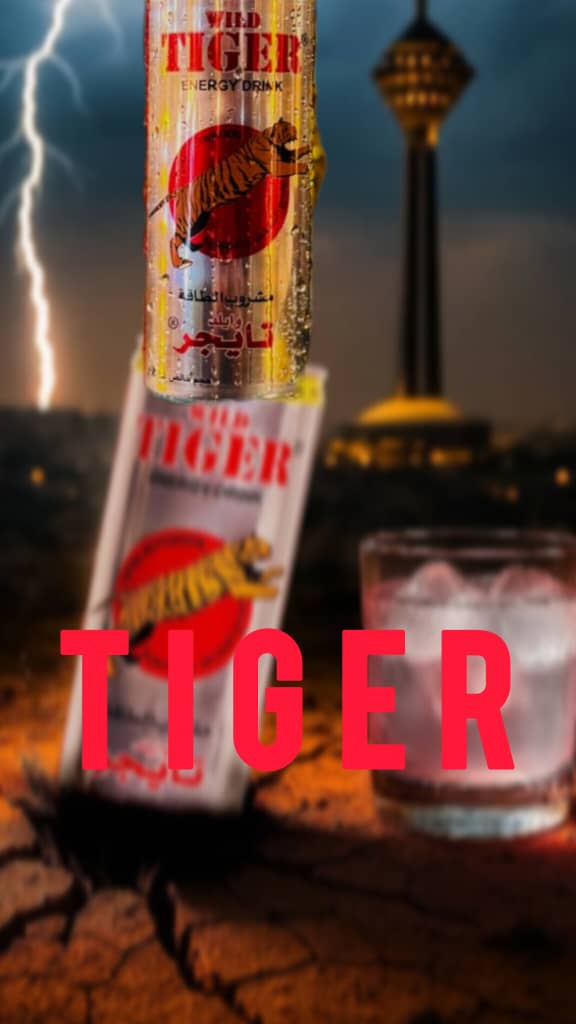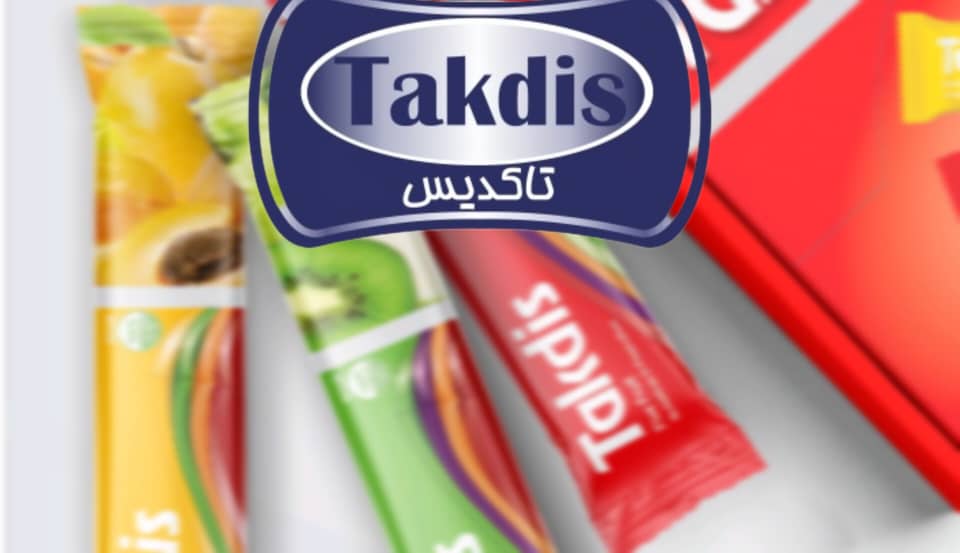- Seen : 1206 View
- established year : 1889
- Phone : 0049715117150
- Fax : 00497151171530
- website : https://www.kaiser-candy.de/
- E-mail : info@kaiser-candy.de
- Address : Bahnhofstraße 35,D-71332 Waiblingen
-
About us :
In 1889 the confectioner Theodor Kaiser (1862–1930) transferred the candy production from the confectionery business to a company. Production facilities were set up at Bahnhofstrasse 35, which are still in existence today as the company headquarters under the name 3 Tannen-Werk. As early as 1849 his father, also a confectioner, invented the cough caramels "paving stones", which wer ...
More -
About us :
In 1889 the confectioner Theodor Kaiser (1862–1930) transferred the candy production from the confectionery business to a company. Production facilities were set up at Bahnhofstrasse 35, which are still in existence today as the company headquarters under the name 3 Tannen-Werk. As early as 1849 his father, also a confectioner, invented the cough caramels "paving stones", which were sold in the confectionery on Waiblinger Marktplatz. Theodor Kaiser optimized their recipe and refined it with extracts from pine needles. During a walk in the forest he became aware of their beneficial effects. From then on he produced the “Cough Healing Caramels”, which were advertised “as a recognized, unsurpassed remedy for cough, hoarseness, chest and lung catarrh”. In 1889, for example, the production of sugar confectionery began with the products "Kaiser’s breast caramels" and "Kaiser’s peppermint caramels for those suffering from stomach problems" as well as other special products such as the liquid "malt extract", "Kaiser's child meal" and the tonic "Diasana". The founding product “Breast Caramels” is still in the range today. At the same time, he founded another company in Bregenz (Austria). Here too, along with other sweets, Kaiser breast caramels were made. By 1930 an extensive business network was established in countries of the Austro-Hungarian monarchy as well as in France, Switzerland, Italy and Belgium. In 1895 the trademark "Kaiser's Breast Caramels with the 3 Firs" was registered in the trademark role at the Reich Patent Office in Berlin and is now one of them the oldest officially registered trademarks. In 1904, the "breast caramels with the 3 fir trees" were known throughout Europe. In 1916, due to the sugar crisis, Kaiser wrote to his customers asking them to confirm the effectiveness of Kaiser bonbons, especially breast caramels to certify. In this way it was possible to document that more sugar was required than provided for in the quota. 15,000 certificates were received, all of which were notarized. In 1928 Kaiser expanded his range to include the “Dr. Kepplers Biomenthol ”, still available today as“ Bimenthol Original ”. Theodor Kaiser died in 1930. In September of the same year he was made an honorary citizen of the city of Waiblingen. His son Friedrich (1900–1988) succeeded his father. In the 1950s Kaiser launched new varieties on the market, including herbal and fruit candies, soft caramels with cream and various toffees. At the end of the 1950s, the company produced the first filled candies, which are still very important today with eight types. For the modern confectionery production, a new building was built on the company premises at the end of the 1950s. In 1980, Friedrich Kaiser's American son-in-law John G. Updike (1929–2010) took over the company Forest honey candies used. At the end of the 1980s, the market increasingly demanded sugar-free sweets, so the first sweets without sugar were developed. The company has been managed by Thomas Updike (1962), the great-grandson of the company's founder, since 2002, and Kaiser was one of the first manufacturers to use the sweetness of the stevia plant in 2012 in the form of steviol glycosides for the sugar-free variant of the breast caramel.
Close

